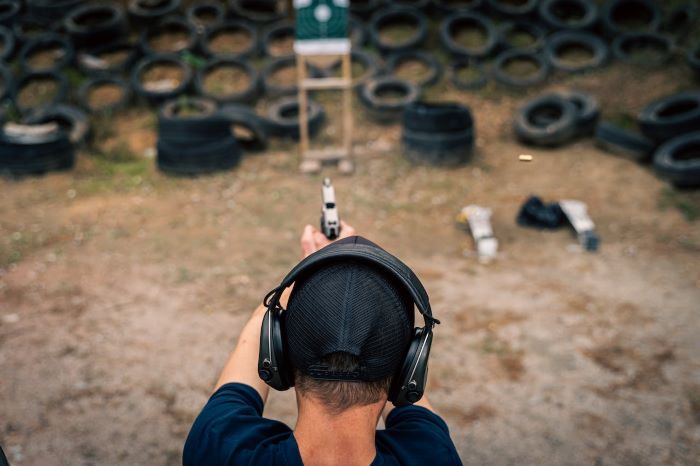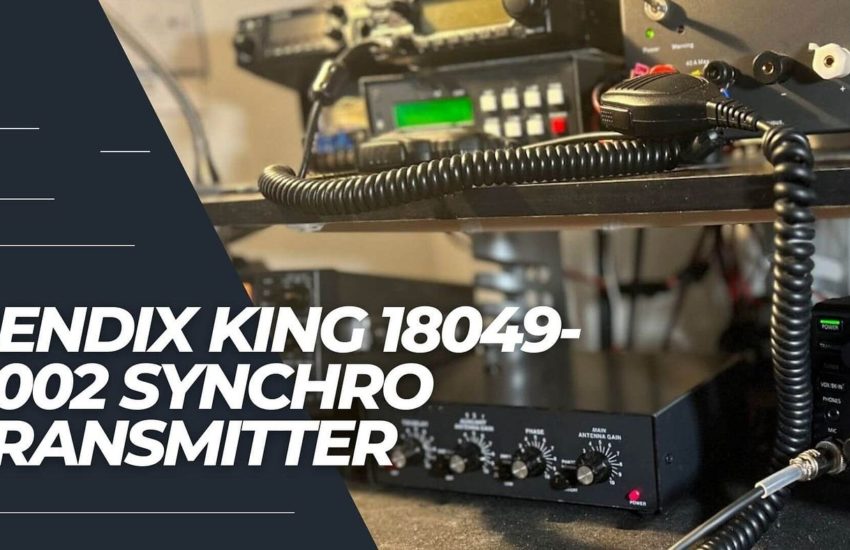
Reflex sights, also known as red dot sights, have become increasingly popular among firearm enthusiasts, competitive shooters, and hunters. These optical devices offer quick target acquisition and enhanced accuracy, making them an invaluable addition to any shooting setup. However, to reap the full benefits of a reflex sight, it is essential to install and calibrate it correctly. Here, we will walk you through the step-by-step process of installing and calibrating reflex sights, ensuring that you get the most out of your shooting experience.
Section 1: Choosing the Right Reflex Sight
Before diving into the installation and calibration process, it is crucial to select the right reflex sight for your needs. Reflex sights come in various styles, sizes, and features, so consider the following factors when making your choice:
1.1 Sight Type: There are several types of reflex sights, including tube-style red dots, open reflex sights, and holographic sights like the Holosun 508t. Each has its advantages and disadvantages, so research and determine which type suits your preferences and intended use.
1.2 Reticle Style: Different reflex sights offer various reticle options, such as dot, circle-dot, crosshair, and more. Choose a reticle style that aligns with your shooting requirements and personal preferences.
1.3 Durability: Ensure that the reflex sight you choose is built to withstand the conditions you’ll encounter, whether it’s for tactical use, competition, or hunting. Look for features like waterproofing, shock resistance, and fog-proofing.
1.4 Mount Compatibility: Verify that the reflex sight is compatible with the mounting system of your firearm. Some sights come with built-in mounts, while others require separate mounting solutions.
1.5 Battery Life: Consider the battery life of the reflex sight, as you don’t want to be constantly changing batteries during your shooting sessions.
Section 2: Installing the Reflex Sight
Once you’ve selected the appropriate reflex sight, it’s time to install it onto your firearm. The installation process may vary slightly depending on the sight type and the firearm, but the general steps remain the same.
2.1 Unload and Clear the Firearm: Before handling any firearm, always ensure that it is unloaded and the chamber is clear. Safety should be your top priority throughout the installation process.
2.2 Gather Necessary Tools: Gather the tools you’ll need, including an appropriate screwdriver or Allen wrench for the mounting screws.
2.3 Remove Existing Sights (if applicable): If your firearm has existing iron sights or another optic, you may need to remove them before installing the reflex sight. Follow the manufacturer’s instructions for disassembling any components that obstruct the mounting area.
2.4 Position the Reflex Sight: Carefully position the reflex sight on the mounting rail or plate, aligning it with the bore axis of the firearm. Ensure that it is centered and level for optimal accuracy.
2.5 Attach the Reflex Sight: Use the appropriate screws or fasteners provided with the reflex sight to secure it to the mounting rail or plate. Be mindful of the manufacturer’s torque specifications to prevent over-tightening, which could damage the sight.
2.6 Check for Alignment: Once the reflex sight is attached, verify that it remains centered and level. Make any necessary adjustments to ensure proper alignment with the bore.
Section 3: Calibrating the Reflex Sight
Calibrating the reflex sight is a critical step that ensures the reticle aligns accurately with your point of impact. Calibration procedures may vary slightly between different models, but the following steps provide a general guideline for the process:
3.1 Boresighting: Begin by boresighting your firearm. This process aligns the firearm’s bore axis with the reticle of the reflex sight. To boresight, secure your firearm in a rest or vise and remove the bolt or open the action to expose the bore.
3.2 Adjust Windage and Elevation: Most reflex sights come with windage (horizontal) and elevation (vertical) adjustment dials or screws. Start by adjusting the windage and elevation to bring the reticle close to your point of impact at a known distance, typically 25 yards for rifles.
3.3 Use a Stable Shooting Platform: For precise calibration, use a stable shooting platform like a sandbag or bipod to minimize any human error in your shooting. Take multiple shots and make slight adjustments as needed until your point of impact matches the reticle.
3.4 Fine-Tune for Zero: Once you’ve achieved a close approximation of zero, fine-tune your reflex sight by shooting from a supported position at your desired zero distance (e.g., 100 yards for rifles). Make adjustments as necessary to achieve the perfect point of impact, where the reticle aligns with your shots.
3.5 Confirm at Various Distances: To ensure your reflex sight is calibrated accurately, confirm your zero at different distances relevant to your shooting activities. This helps you understand how the bullet trajectory behaves at various ranges.
3.6 Record Your Settings: After calibrating your reflex sight, record the windage and elevation adjustments. This information will be valuable if you ever need to re-zero your sight due to changing ammunition or environmental conditions.
Section 4: Maintenance and Care
Proper maintenance and care of your reflex sight are essential to ensure its longevity and performance. Here are some tips:
4.1 Keep It Clean: Regularly clean the lenses of your reflex sight using a microfiber cloth to remove dust, dirt, and smudges. Avoid using abrasive materials that could scratch the lens.
4.2 Protect the Sight: When not in use, protect the reflex sight with lens covers or caps to prevent damage to the lenses and to keep them free of debris.
4.3 Replace Batteries: Monitor the battery life of your reflex sight, and replace the batteries according to the manufacturer’s recommendations. Some models have extended battery life, but it’s always a good practice to carry spare batteries.
4.4 Store Properly: Store your firearm with the reflex sight in a secure, dry, and cool environment to prevent moisture buildup, which could lead to fogging.
Conclusion:
Installing and calibrating a reflex sight can significantly enhance your shooting experience by improving target acquisition and accuracy. By following the steps outlined in this comprehensive guide, you can ensure that your reflex sight is properly installed, calibrated, and maintained. Remember that safety should always be your top priority when working with firearms, so exercise caution and follow all safety protocols throughout the installation and calibration process. With a well-calibrated reflex sight, you’ll be ready to hit your targets with precision and confidence.


